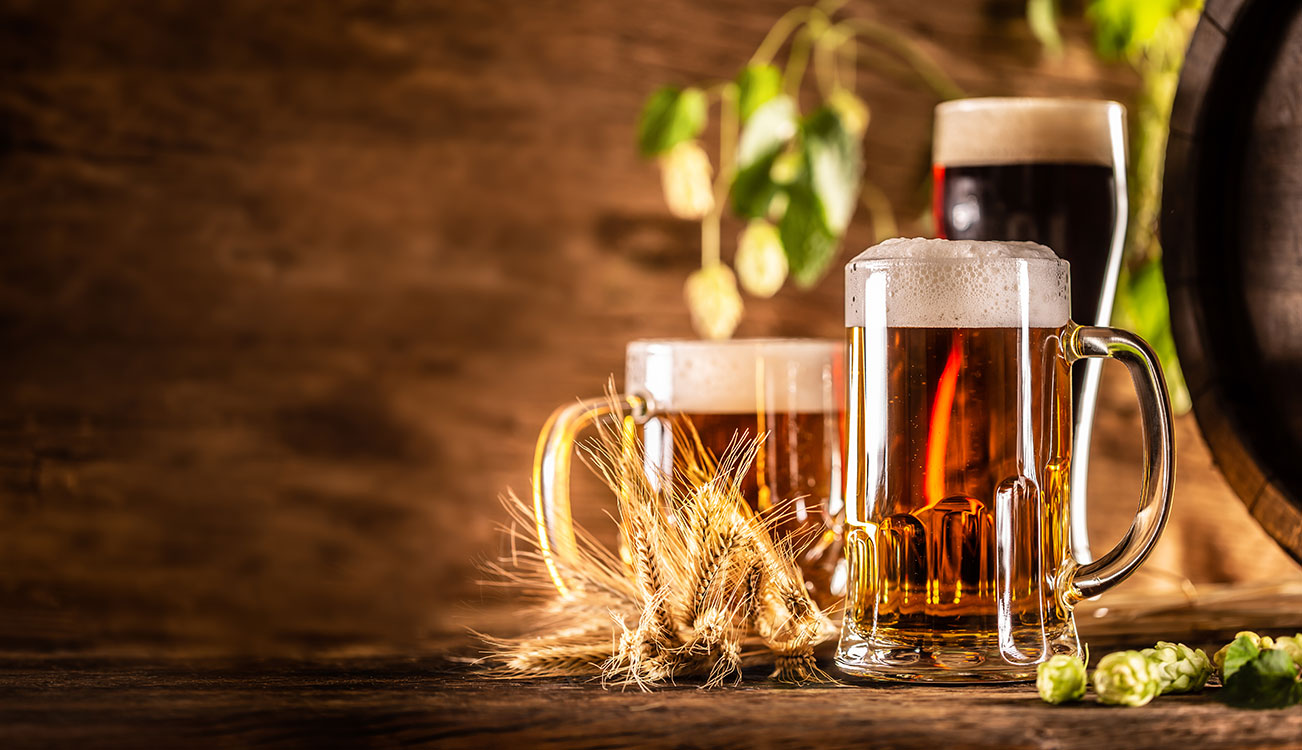MALTING OF BARLEY: ESSENTIAL FOR PRODUCTION


MALTING OF BARLEY: ESSENTIAL FOR PRODUCTION
Malting of barley is one of the most important processes in beer production. Through this process, barley is transformed into malt. Barley cannot be used as it is because malt allows for the following actions:
- Induces the synthesis of enzymes that will be used to degrade molecules present inside the seed
- Generates essential nutrients for yeast
- Creates indispensable substances for the color and aroma of beer
- Removes unwanted substances
- Makes the barley grain more friable to facilitate different processing processes
SOAKING
After being sieved to remove any foreign bodies (straw fragments, broken seeds, etc.), it is soaked in appropriate tanks. In this phase, the seed absorbs water present in the tanks and reaches a moisture value of 42-46%, increasing its size by a third. Soaking takes about 24-48 hours. The duration depends on several factors such as:
- Barley variety
- Barley size
- Protein content
- Water and air temperature
- Year of barley cultivation
GERMINATION
After the first phase, germination takes place. During this process, after hormonal stimulation, biosynthesis occurs. Biosynthesis is the formation of enzymes that degrade complex molecules in the seed. After soaking and germination, barley is transformed into malt.
DRYING
Drying is a long malting phase, in fact, its duration is at least 20 hours. Drying starts at an initial temperature of 50-55°C, increasing to higher temperatures between 80-85°C. The objectives of drying are:
- Reduce the amount of water to about 4%
- Stop the biological activity of the embryo to make malt preservable and grindable
- Create aromatic and colored substances through the Maillard and Strecker reactions
- Prevent bacterial contamination
- The dried malt is then transferred to silos to mature.


Comments : 0